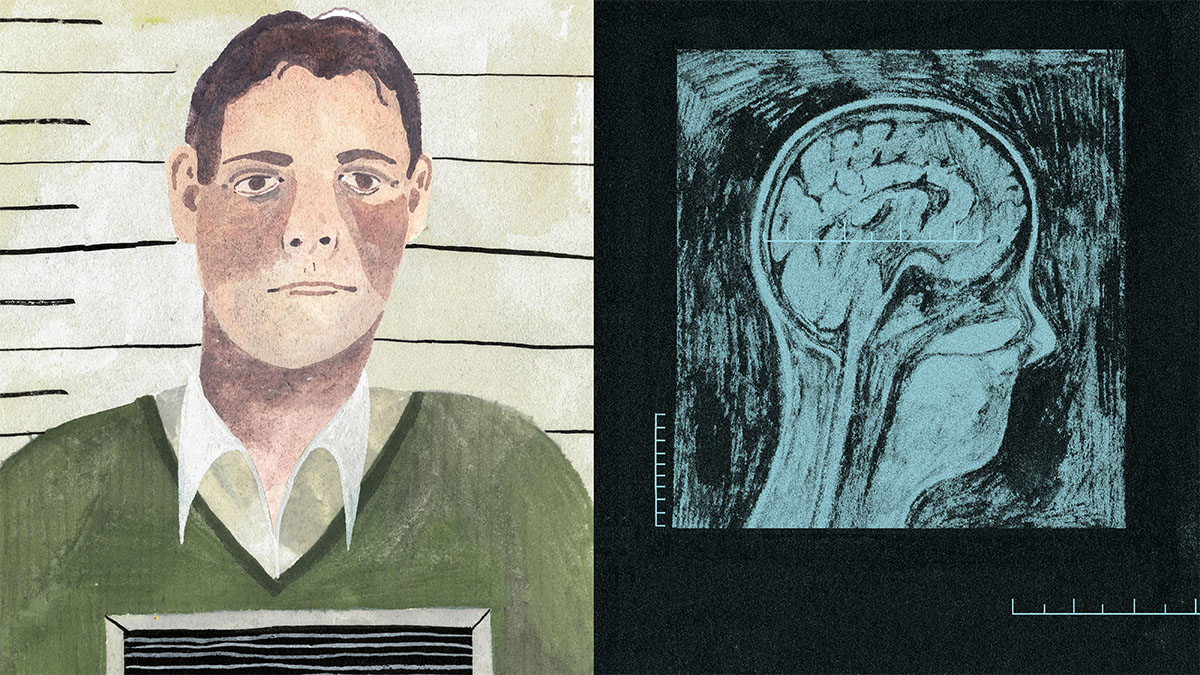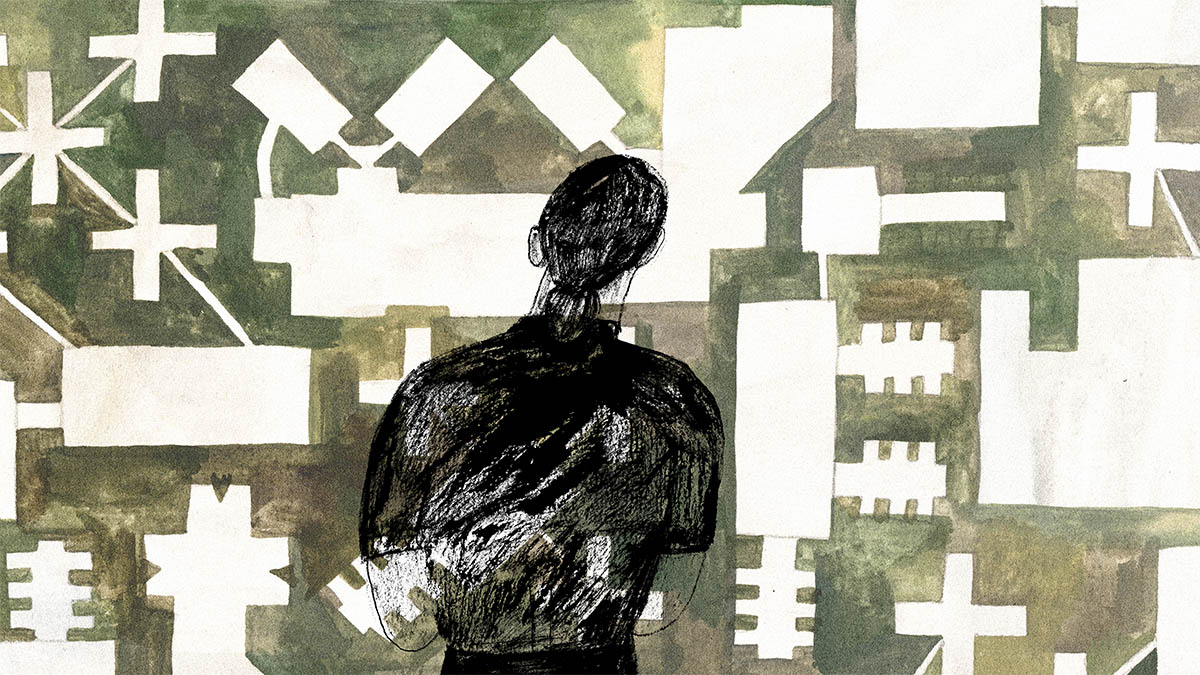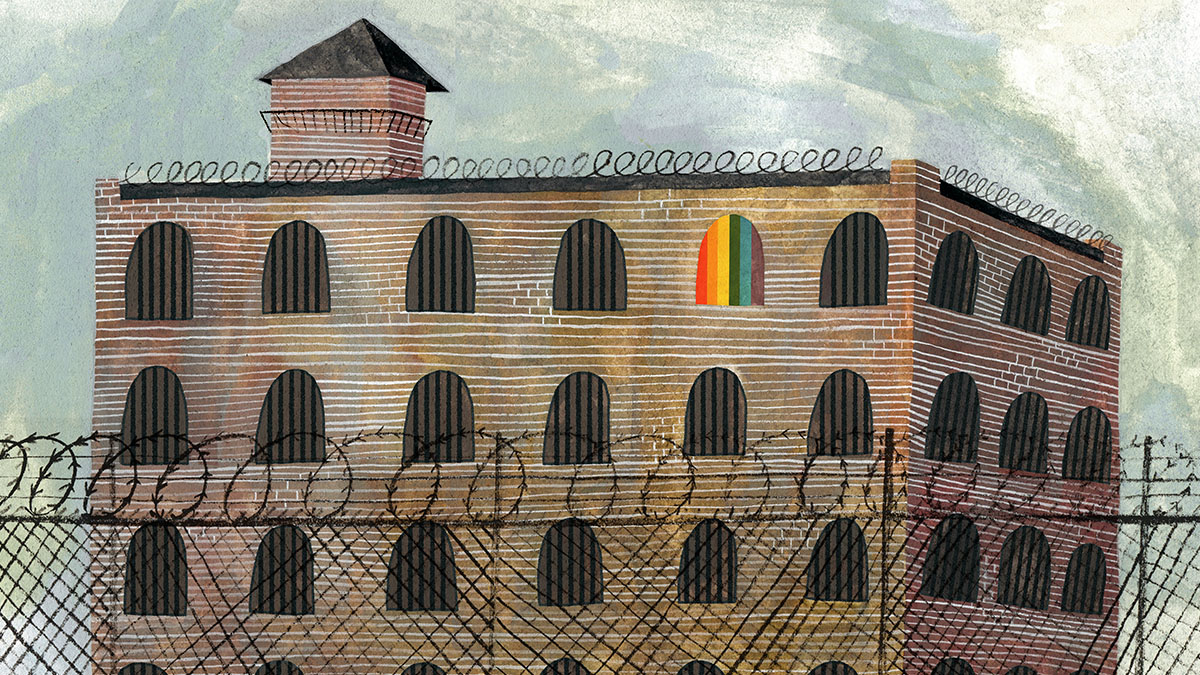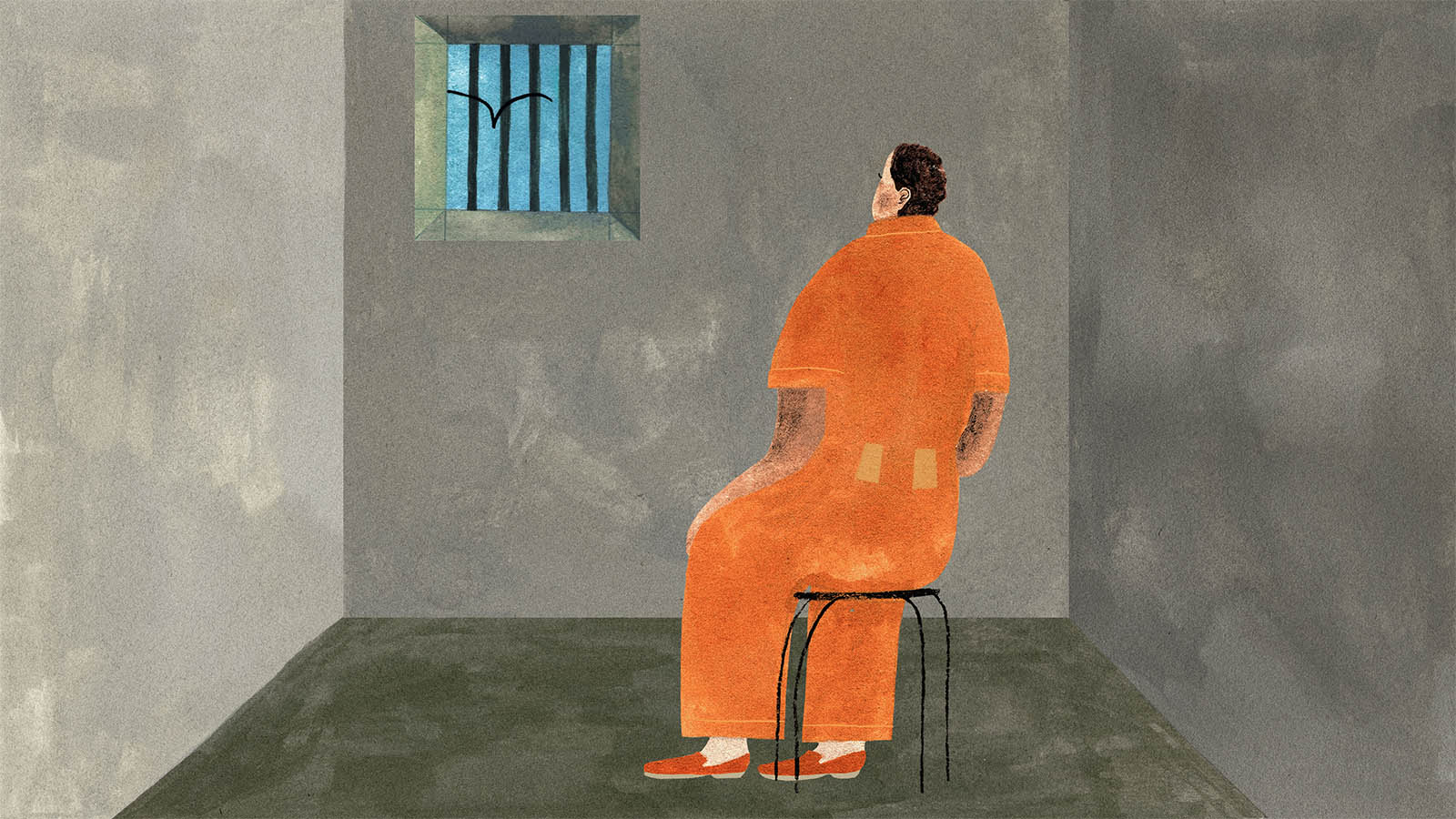
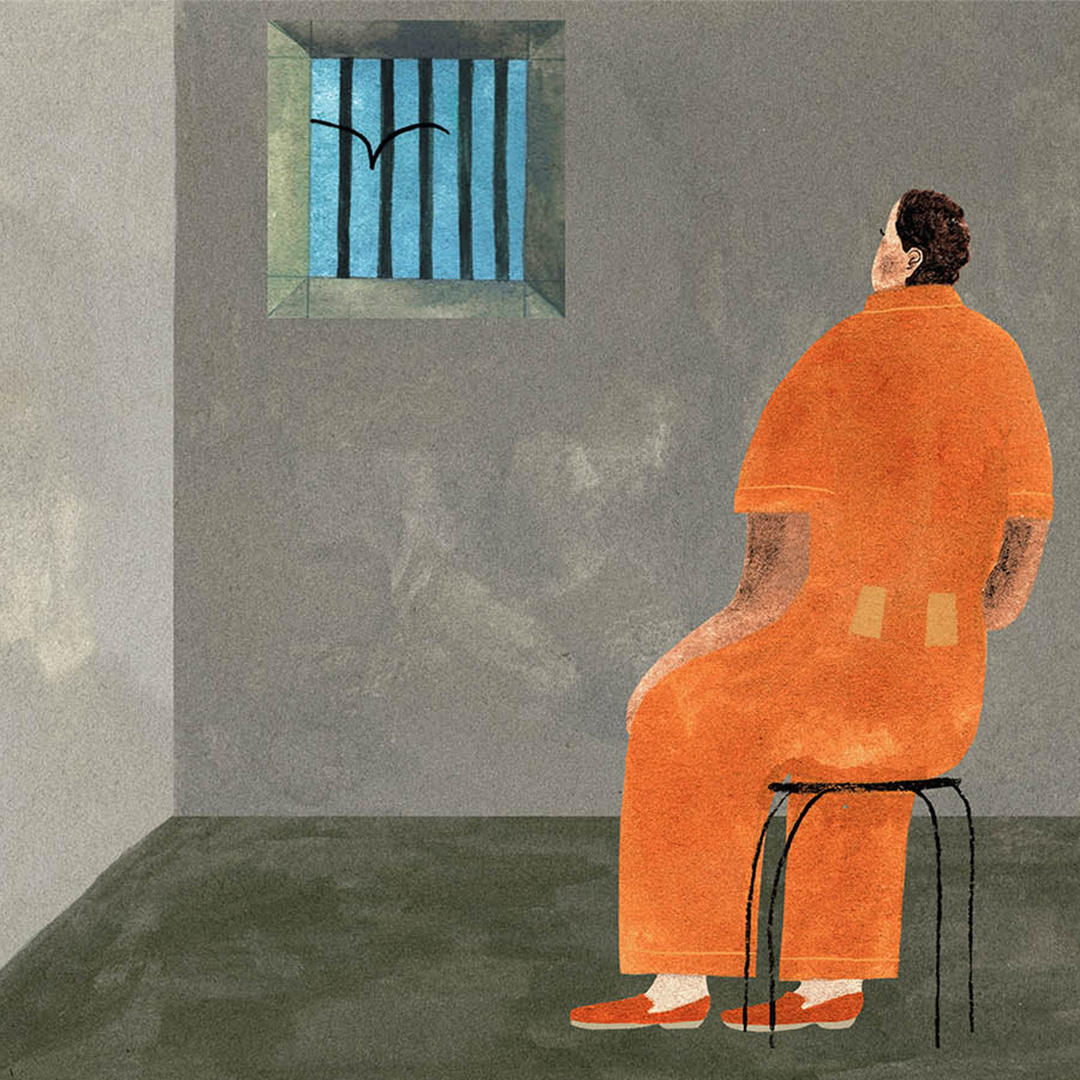
“It’s an extreme thing that I’m doing,” explained Justice Anne Molloy one day this summer. The Superior Court judge was in the midst of what should have been a straightforward sentencing for a mid-tier drug dealer. Tal Singh Fermah was arrested with 111 grams of heroin and a Glock handgun. He also had a medical condition that caused him to have seizures, and during the two-and-a-half years he spent in custody at the Toronto South Detention Centre, he says he was often given incorrect doses and sometimes wasn’t given his medication at all. He had multiple seizures. During that two-and-a-half years he and the rest of the inmates experienced 205 days and 214 half days of lockdown—entire months, in total, during which they were kept in their cells, denied access to exercise, visitors, or basic human interactions.
Those conditions were enough to sway Molloy. Fermah deserved seven years in prison for his crimes, the judge explained, but he also “has endured conditions in our institution—our most modern institution in the province—that I consider to be harsh and unconscionable and I don’t think he should serve any more time.” She ordered him released with time served.
The judge’s sentencing may have been extraordinary, but Fermah’s experience was far from unusual. Ontario’s prison conditions have long been criticized, with the health of prisoners coming under particular scrutiny.
The most recent comprehensive review, a 2016 report by Fiona Kouyoumdjian and colleagues with the Centre for Urban Health Solutions of St. Michael’s Hospital, revealed a prison system rife with health issues. Tuberculosis is five times more common inside prison than out. HIV and hepatitis C rates for people in custody dwarf those of the general population. After controlling for age, people who have been incarcerated are four times more likely to die than people who have not.
The corrections system is a health care problem—not merely because of the treatment prisoners receive, but because the people entering prison have some of the most complex health and social service needs in the country. People in custody are five times more likely to suffer from serious mental illness than the general population. At least half the prison population reports suffering abuse as children, and a fifth of men in provincial custody in Toronto said they were homeless. Indigenous people make up five percent of the Canadian population, but 27 percent of those in the federal prison system—one of the legacies of colonialism and generations of systemic racism.
In The Prisoner Issue we examine the complex ways the justice system interacts with heath from a variety of angles. We look at the growing number of seniors with dementia who are getting caught up with the law and, in the wake of a series of high profiles disappearances from CAMH this summer, we dive into what it means to be held “not criminally responsible.” While most Canadians assume our jails are filled with criminals serving their sentences, the majority of people in custody in Ontario have never been convicted and are awaiting trail; the cruel irony is that life on remand is often worse than life as a convicted criminal.
We’ve called it The Prisoner Issue because, whenever possible, we’ve tried to foreground the experiences of people who have spent time in our prisons—from publishing a series of letters by a man who decided to start an LGBTQ2 support group after years as the only gay man in his prison, to creating an experimental animated documentary that follows a teenage girl on her trip to visit her father in a federal penitentiary north of Toronto.
Taken as a whole, the stories reveal the complex relationships between justice and health. It’s not simply that our health care and justice systems are inextricably entwined; it’s that our justice system is increasingly part of the health care system—the haphazardly built backstop that takes over when mental health services break down and social services fail. The net effect is that many people in our prisons must give up their humanity and dignity in addition to their freedom, with outcomes that are predictable, costly, and often tragic.
– The Editors


